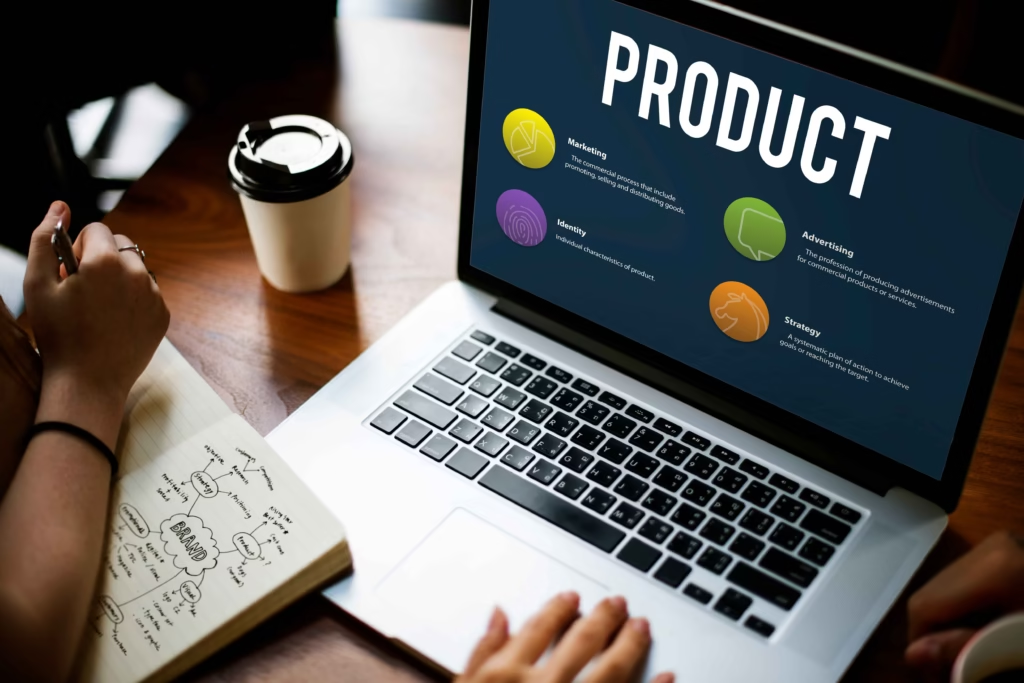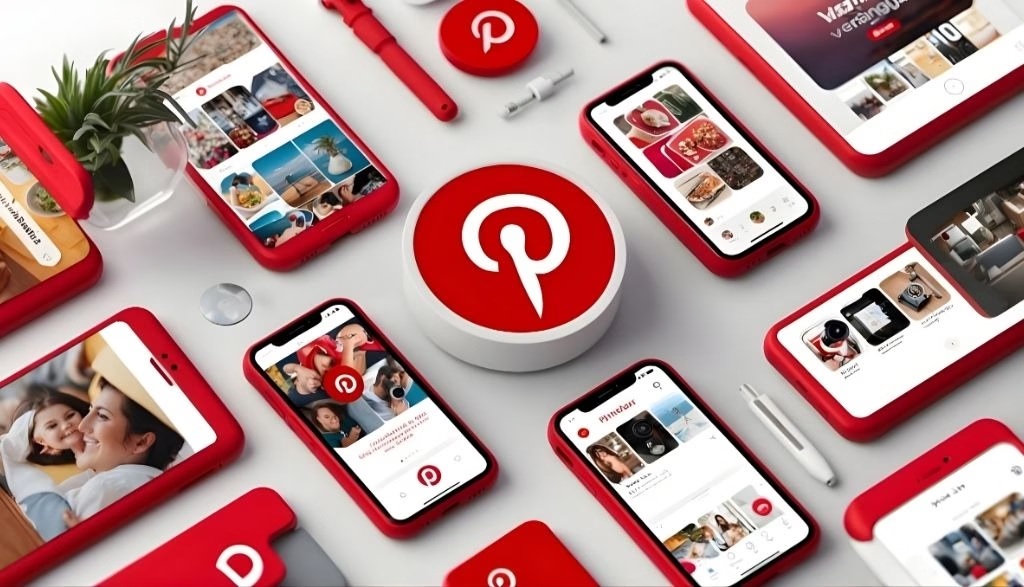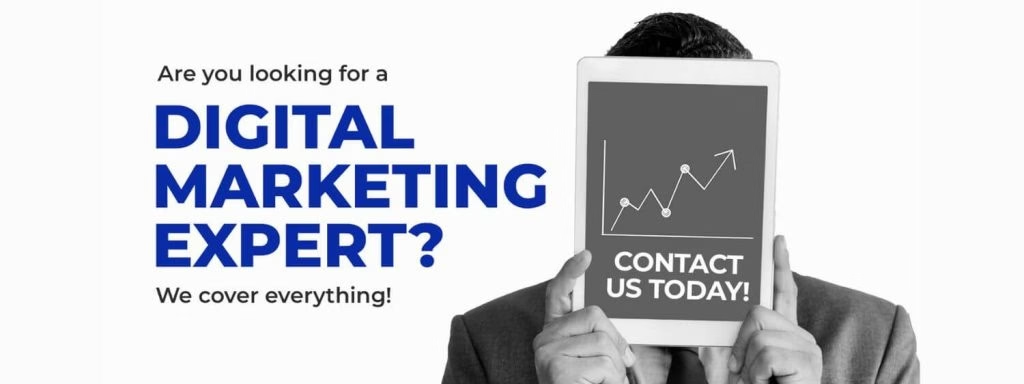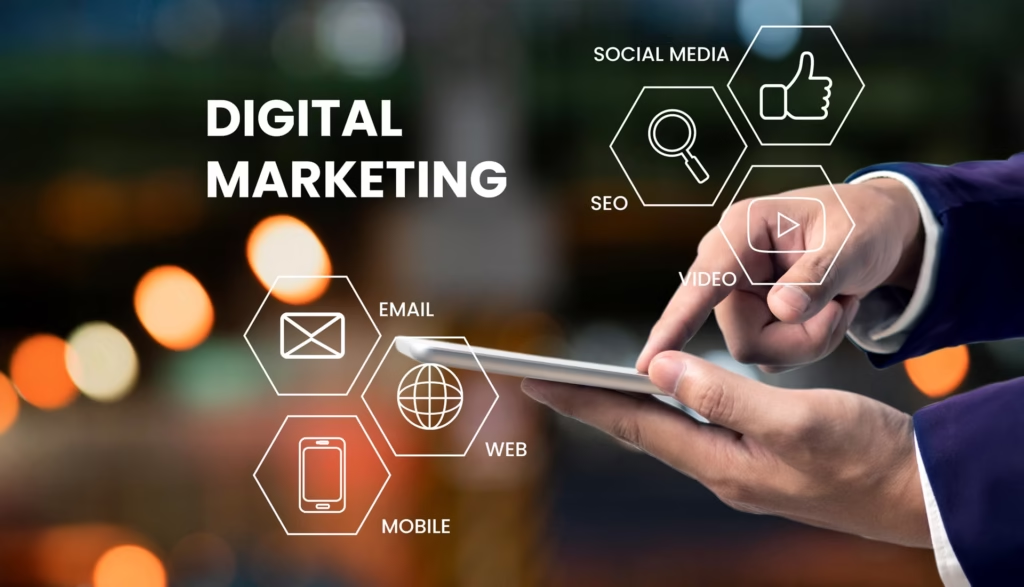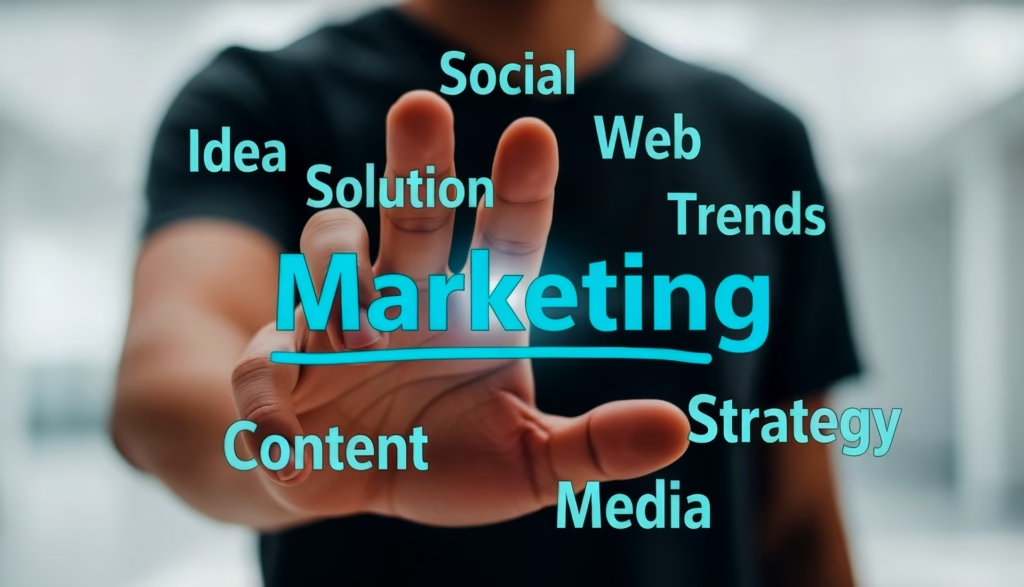You have a brilliant idea for a product, right? But here’s the problem: you don’t know how to bring it to life. Where do you start with design and development? How do you make sure people actually want it?
So what’s the solution? How do you turn ideas into real products? The answer is following a proven Product Design Process.
What makes product design different from just having ideas? It combines creativity with solving real problems people face. Good design looks amazing but also works perfectly. People buy it because it makes their lives easier.
Whether you’re launching your first product or improving existing ones, this guide helps you understand the design process clearly. In this blog, we’ll explain each step from start to finish. We’ll show you what makes products succeed in markets. You’re about to discover how great products get created.
At Mighty Muskeeters, we help businesses design products people actually love. Your ideas become real solutions that customers need daily. Products launch successfully and sell consistently over time. That’s how smart product design transforms your business vision today.
What Is Product Design Process?
The Product Design Process creates solutions that solve real problems for people. It combines creativity with practical thinking to build useful things. Innovative product development solutions focus on making life easier today.
How to Create Successful Product Design
Start by way of know-how with those who will use your product. Research their desires and check your thoughts with actual users. UI/UX product layout developments assist in creating better virtual experiences. Follow a clean procedure from idea to the very last product launch.
1. Research and Discovery Phase
Understand your users: Talk to individuals who might use your product day by day. Ask questions about their troubles and what they need now. Watch how they presently remedy the hassle you want to address.
Study the competition: Look at similar products already available within the marketplace today. Write down what works nicely and what no longer works. This allows you create something higher than what exists now.
Identify market opportunities: Find gaps in which no top solution presently exists for users. Look for developments that display what human beings want in destiny. Research helps you construct merchandise that human beings will genuinely buy soon.
Gather consumer feedback: Create surveys and interviews to accumulate sincere evaluations from humans. Listen cautiously to what they are saying about their contemporary challenges. Real comments publications higher decisions throughout the complete design system.
Define success metrics: Decide how you will measure if your product works well. Set clear goals for user satisfaction and business growth targets. These numbers help you track progress as you build forward.
2. Ideation and Concept Development
Generate a couple of ideas: Brainstorm without judging any thought before everything to spark creativity. Draw sketches of different ways to solve the same hassle. More thoughts early on lead to better final answers later.
Create mood boards: Collect pix and hues that fit your product’s imaginative and prescient. Use gear like Pinterest to shop for inspiring examples you discover. Visual references assist anybody in understanding the direction you are taking.
Develop person personas: Build special profiles of the humans who use your product. Include their age, desires, frustrations, and daily behavior in descriptions. Personas maintain the team targeted at real users constantly.
Map consumer journeys: Show each step a person takes whilst the use of your product completely. Identify the ache points in which they may feel confused or frustrated. Journey maps display possibilities to enhance the general person revel in.
Select quality concepts: Review all ideas and select those with the maximum likelihood of being successful. Consider technical limits, financial constraints, and user needs while finding out. Move forward with principles that stabilize creativity and sensible reality.
3. Prototyping and Testing
Build low-fidelity prototypes: Start with easy paper sketches or basic digital mockups first. Test center ideas quickly without spending an excessive amount of time or money. Early prototypes help you fail rapidly and examine what works.
Create interactive models: Use tools like Figma to construct clickable versions that humans can try. Make it feel real enough to get sincere remarks quickly. Interactive prototypes show how the product will truly characterize everyday life.
Conduct usability checking: Watch real users attempt your prototype and examine their reactions. Note when they get caught or stressed for the duration of the technique. Testing well-known shows problems you by no means could have observed for your very own.
Gather honest remarks: Ask particular questions on what worked and what felt incorrect. Create a safe area where people can freely express real evaluations. Honest input helps you improve before investing in full improvement.
Refine based on information: Make changes to fix issues determined throughout testing classes straight away. Prioritize upgrades as a way to have the biggest impact on customers. Keep checking out and refining until the product feels smooth continually.
4. Final Design and Launch
Complete visual design: Polish all colors, fonts, and images to look professional. Teams begin with brainstorming and end with launching the product. User-targeted design strategies manual each selection in a manner.
Prepare technical specifications: Document every detail that developers need to build it correctly. Include measurements, interactions, and all functional requirements clearly written down. Complete documentation prevents confusion during the development phase right now.
Create design systems: Build reusable components that maintain consistency across the entire product. Design systems save time and ensure quality always stays high. They help teams work faster on future updates, too.
Plan the launch strategy: Decide if you will release everything at once or gradually. Prepare marketing materials and support resources before going live officially. A good launch plan helps more people discover your product.
Monitor and iterate: Track how people use your product after launch every day. Collect feedback and analytics to understand what needs improvement next. Great products keep evolving based on real user needs over time.
Partner With Us for Expert Product Design Process
Our digital marketing agency delivers tailored strategies to boost traffic today. We help businesses grow through creative Product Design Process techniques. Professional website development services deliver sleek and responsive sites that convert.
Get noticed online with a powerful SEO service that drives traffic. Our social media management services help you engage your audience effectively. From trademarks to marketing materials, our photo design offerings bring ideas to lifestyles with a real effect on your enterprise’s growth.
FAQs
What is Product Design Process and why does it rely?
The product design process creates useful solutions that clear up actual problems for people. It combines creativity with realistic thinking to build higher experiences. Good layout allows organizations to be triumphant and keeps clients happy, usually.
How long does the product layout method usually take?
The timeline depends on complexity and the number of iterations you want. Simple products may take a few weeks to complete. Complex solutions can require several months of research and checking.
What system do product designers use for their paintings?
Designers use software programs like Figma, Sketch, and Adobe XD frequently. These gears assist in creating prototypes and checking ideas earlier than constructing. Analytics structures provide insights into how customers behave with merchandise.
Do I need a big team for product design?
Small teams can create great products with the right skills. You need people who understand users, design, and business goals. Even solo designers can succeed using modern tools and processes.
How do I know if my product design succeeded?
Success comes from meeting user needs and achieving business goals. Track metrics like user satisfaction, engagement, and sales numbers carefully. Positive feedback and repeat customers show your design works well.

